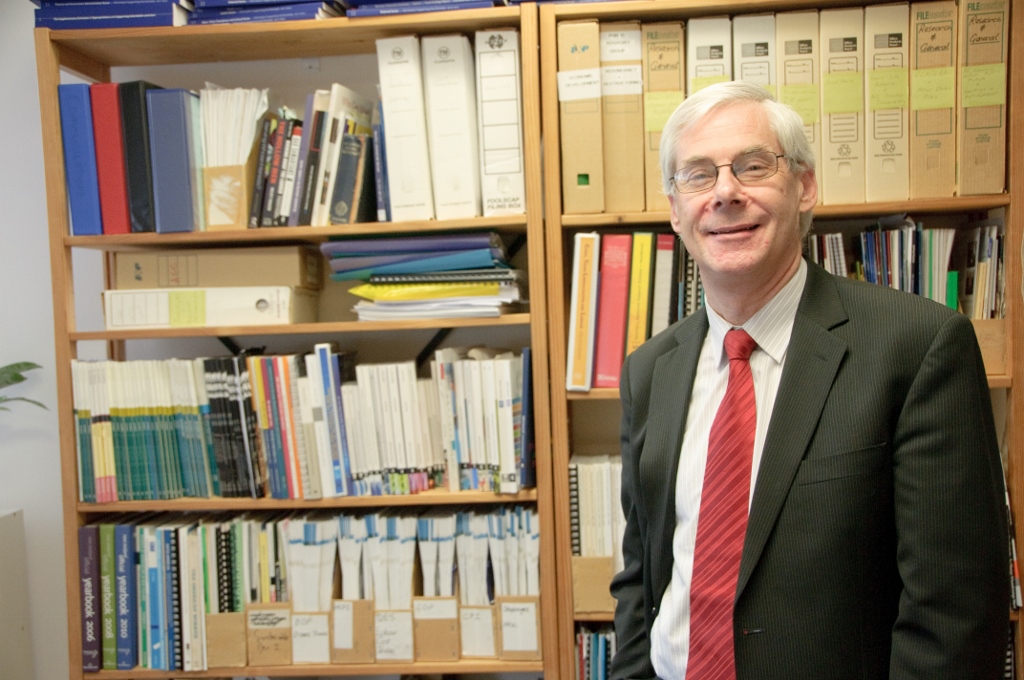A new Council of Trade Unions Inequality in Wages and Self-Employment 1998-2015 over the period 1998 to 2015 finds the hourly earnings of low and middle income wage and salary earners went up at half the rate of the highest paid. The only exception was those earning around the minimum wage whose pay went up at the same rate as the highest paid. This was after adjusting for inflation (the rise in the CPI).
“To a reasonable approximation, two-thirds of employees are paid below the average wage and they received either very low wages or experienced low wage growth, or both,” the study’s author, Dr Bill Rosenberg, Economist and Policy Director at the CTU, says. “Above the average wage, the higher their hourly earnings, the faster their earnings grew. This means growing inequality in the income of wage and salary earners. The growth in the nation’s income that working people contribute to through their work is not being proportionately shared.”
“The study shows that growth in the average hourly wage is not a good indicator of the rises most people are receiving”.
The rise in the hourly pay of the lowest income one-tenth of employees was strongly boosted by rises in the minimum wage, so that over the whole period they received on average the same increase as the tenth of employees with the highest hourly pay – 39 percent in real terms over the whole period. But the average hourly wages of the next 50 percent of employees above the minimum wage rose at just half that rate – just 18 to 20 percent.
The data analysed was provided by Statistics New Zealand from their annual New Zealand Income Survey. It covers all jobs held by a person and is before tax and before benefits such as Working for Families tax credits.
Inequality among the self-employed was even greater. “The lowest hourly incomes among the self-employed were negative: they were making losses. The highest one-tenth received an average hourly income double that of the highest income wage and salary earners. The higher their hourly incomes, the faster they rose over the period.”
But many were on very low incomes. Rosenberg estimates that in 2015, 41 percent of self-employed were earning at a rate less than the minimum hourly wage and 51 percent were earning under the Living Wage. The 30 percent on the lowest hourly earnings experienced falls in their earnings in real terms over the study period.
“There are ways many self-employed people can hide their incomes, especially through capital gains, so we cannot take these results entirely at face value. But either some self-employed are earning very poor rates of income or there is a lot of work for tax authorities and tax reformers to do, and probably both.”
“What people receive in the hand is obviously changed significantly by taxes and income support such as Working for Families. A progressive system of taxation and support is essential to reduce income inequality. But the more inequality in wages and salaries grows, the more work the tax and income support system has to do. Reducing inequality in wages and salaries would put much less strain on the tax system, and people would feel they are being treated a lot more fairly for the work that they do.”
“The positive impact of the minimum wage shows what can be done by legislation, but its effect has been largely limited to those receiving it or slightly above. We need better wage setting systems that improve the situation of low and middle income earners above the minimum wage” Rosenberg concluded.
